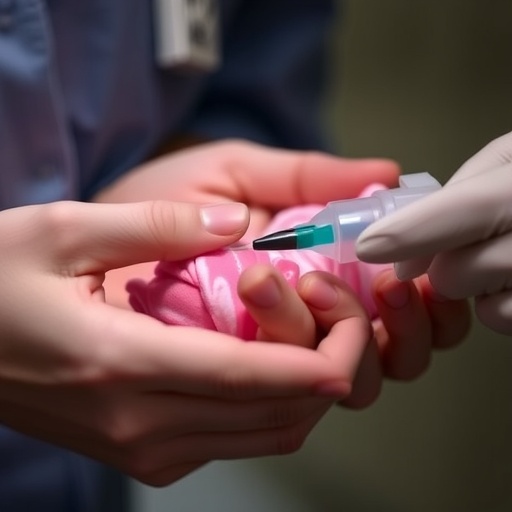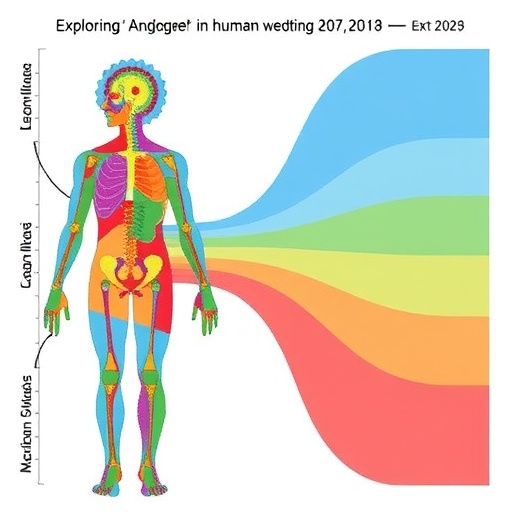Borrowing the machine-learning concept of ‘cross-validation,’ a tool called Benchmarker helps scientists prioritize the results of GWAS studies
Genome-wide association studies (GWAS) look at large populations to find genes that contribute to common, multi-gene traits like height or obesity. These comprehensive studies frequently turn up large numbers of tiny genetic variations that occur more often in people who are tall, obese, etc. But this association doesn’t mean the variant actually helps cause the trait; it could just be going along for the ride.
So which genes should scientists investigate further? While numerous computational algorithms are available to help distill GWAS results, it’s been hard to know which one to pick. Reporting May 2nd in the American Journal of Human Genetics, researchers describe what they believe is an effective, unbiased method for choosing the best algorithm for the job, called Benchmarker.
Most methods that have been used to evaluate the algorithms can bias investigators toward genes that are already well-characterized, steering scientists away from opportunities to discover something truly new. Other methods require access to independent reference data that aren’t always readily available.
“We have different prioritization algorithms, but we don’t actually know how to decide which one is best,” says Rebecca Fine, a PhD candidate at Harvard Medical School who has been working on this problem with Joel Hirschhorn, MD, PhD, chief of endocrinology at Boston Children’s Hospital, who also directs the metabolism program at the Broad Institute. “We didn’t want to have to rely on a previous ‘gold standard’ or bring in anything other than the original GWAS data.”
Borrowing from machine learning
Borrowing the machine-learning concept of “cross-validation,” Benchmarker enables investigators to use the GWAS data itself as its own control. The idea is to take the GWAS dataset and single out one chromosome. The algorithm being benchmarked then uses the data from the remaining 21 chromosomes (all but X and Y) to make predictions about what genes on the single chromosome are most likely to contribute to the trait being investigated. As this process is repeated for each chromosome in turn, the genes that the algorithm has flagged are pooled. The algorithm is then validated by comparing this group of prioritized genes with the original GWAS results.
“You train the algorithm on the GWAS with one chromosome withheld, then go back to that chromosome and ask whether those genes were actually associated with a strong p-value in the original GWAS results,” explains Fine. “While these p-values don’t represent the exact ‘right answers,’ they do tell you roughly where some true genetic associations are. The end product is an evaluation of how each algorithm performed.”
Benchmarking Benchmarker
Putting this approach through its paces for 20 separate traits, Fine, Hirschhorn and colleagues conclude that combining multiple strategies often gives the best results. They also found evidence that certain algorithms perform best when looking for genes for certain traits.
“We expect that many more algorithms will be developed to answer the key next question after GWAS: which genes and variants are causally related to human traits and diseases,” says Hirschhorn. “The Benchmarker approach can be a great help as an unbiased way to figure out which algorithms to use to answer this question.”
###
The study was supported by the NIH National Human Genome Research Institute (F31HG009850 and T32 HG002295), the NIH National Institute of Diabetes and Digestive and Kidney Diseases (R01DK075787 and R01DK105154), the Lundbeck Foundation (R190-2014-3904), the Novo Nordisk Foundation (NNF18CC0034900), and the NIH National Institute of Arthritis and Musculoskeletal and Skin Diseases (1R01AR063759-01A1). See the paper for a full list of authors.
About Boston Children’s Hospital
Boston Children’s Hospital, the primary pediatric teaching affiliate of Harvard Medical School, is home to the world’s largest research enterprise based at a pediatric medical center. Its discoveries have benefited both children and adults since 1869. Today, more than 3,000 scientists, including 8 members of the National Academy of Sciences, 18 members of the National Academy of Medicine and 12 Howard Hughes Medical Investigators comprise Boston Children’s research community. Founded as a 20-bed hospital for children, Boston Children’s is now a 415-bed comprehensive center for pediatric and adolescent health care. For more, visit our Vector and Thriving blogs and follow us on social media @BostonChildrens, @BCH_Innovation, Facebook and YouTube.
Media Contact
Erin Tornatore
[email protected]
Related Journal Article
http://discoveries.
http://dx.





